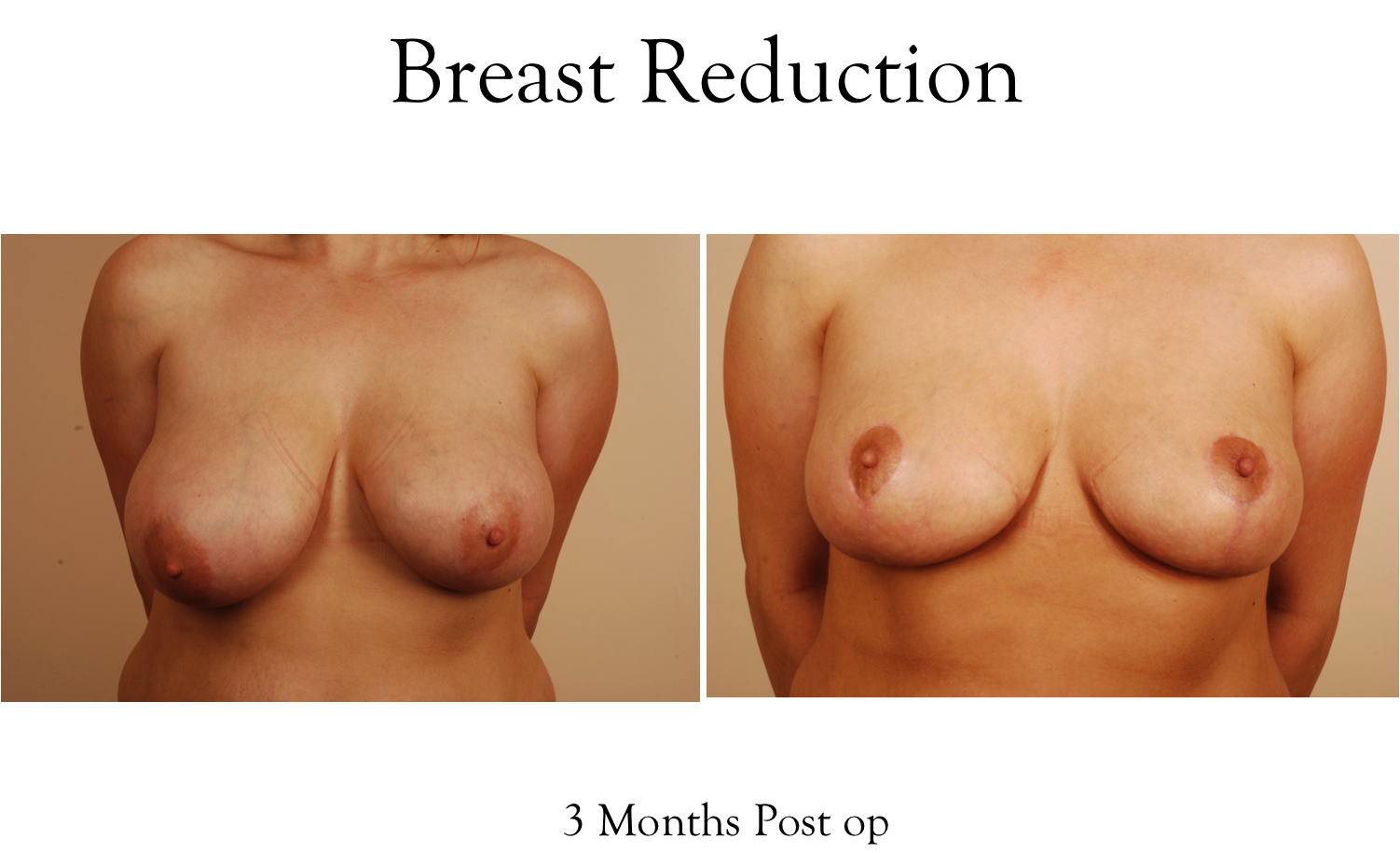
Believe it or not, a breast reduction and a breast lift (mastopexy) are very similar. In many cases, they both require similar incisions. Here’s a little background.
One of the most common types of incision patterns for a breast reduction or breast lift is called the Wise pattern. This is the typical “anchor” or “upside-down T” incision that you often associate with these procedures. The incision goes around the areola, then from the bottom portion of the areola to the fold under the breast (the inframammary fold, or IMF) and then an incision along the entire fold.
With a breast reduction, your plastic surgeon removes excess skin and breast tissue, whereas in a breast lift, only excess skin is removed. The result? Smaller, lifted breasts in the breast reduction and perkier breasts in the breast lift. It’s sometimes easy to assume the breast lift results in smaller breasts but you may be confusing shape vs size.

When you take drooping breasts and do only a breast lift, the resulting perkier breasts look smaller. But in reality, the breast volume is unchanged. You’ve only reduced the amount of “skin envelope” which makes the breast look smaller, when in fact it’s only the shape that has improved.
From a cost perspective, insurance companies may pay for a breast reduction because large breasts can cause back or shoulder pain. Whereas, a breast lift is almost always paid out of pocket since the procedure is done for cosmetic reasons, not because the breasts are heavy.
For pricing on a breast reduction or breast lift from a doctor near you, click here.




